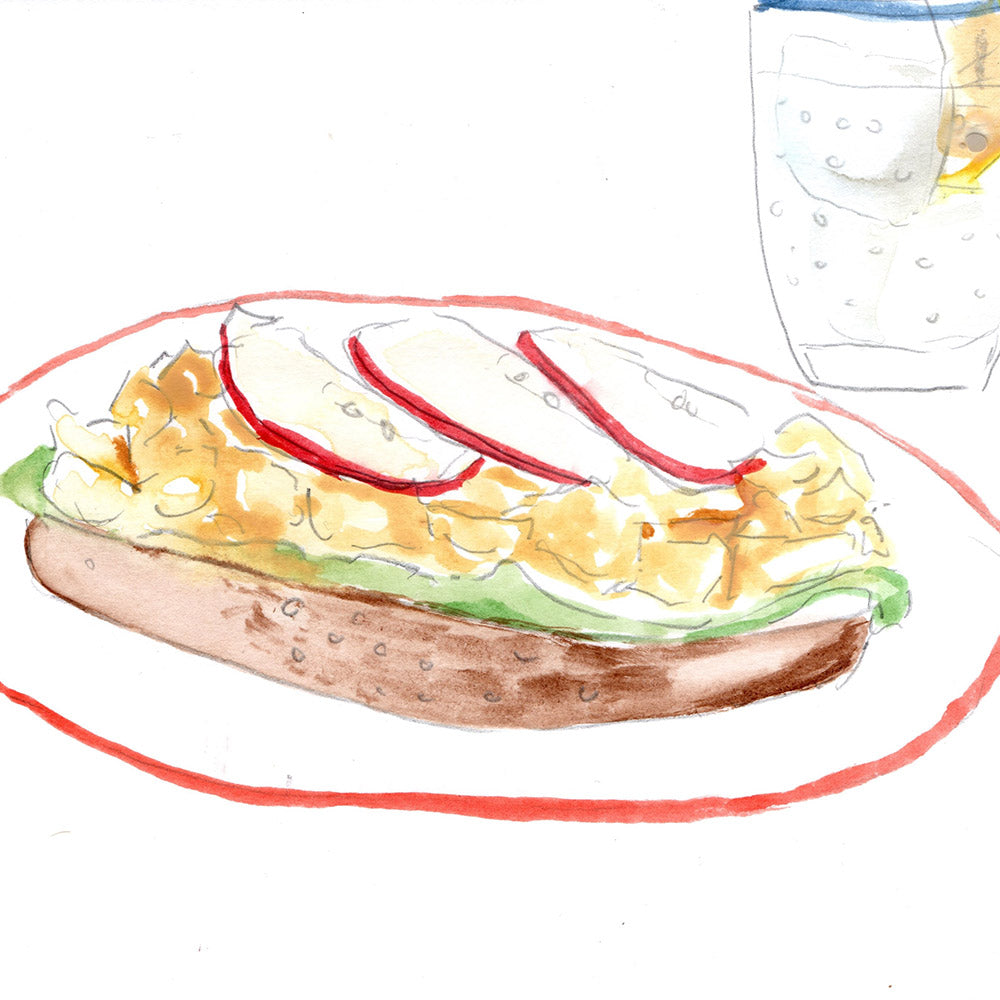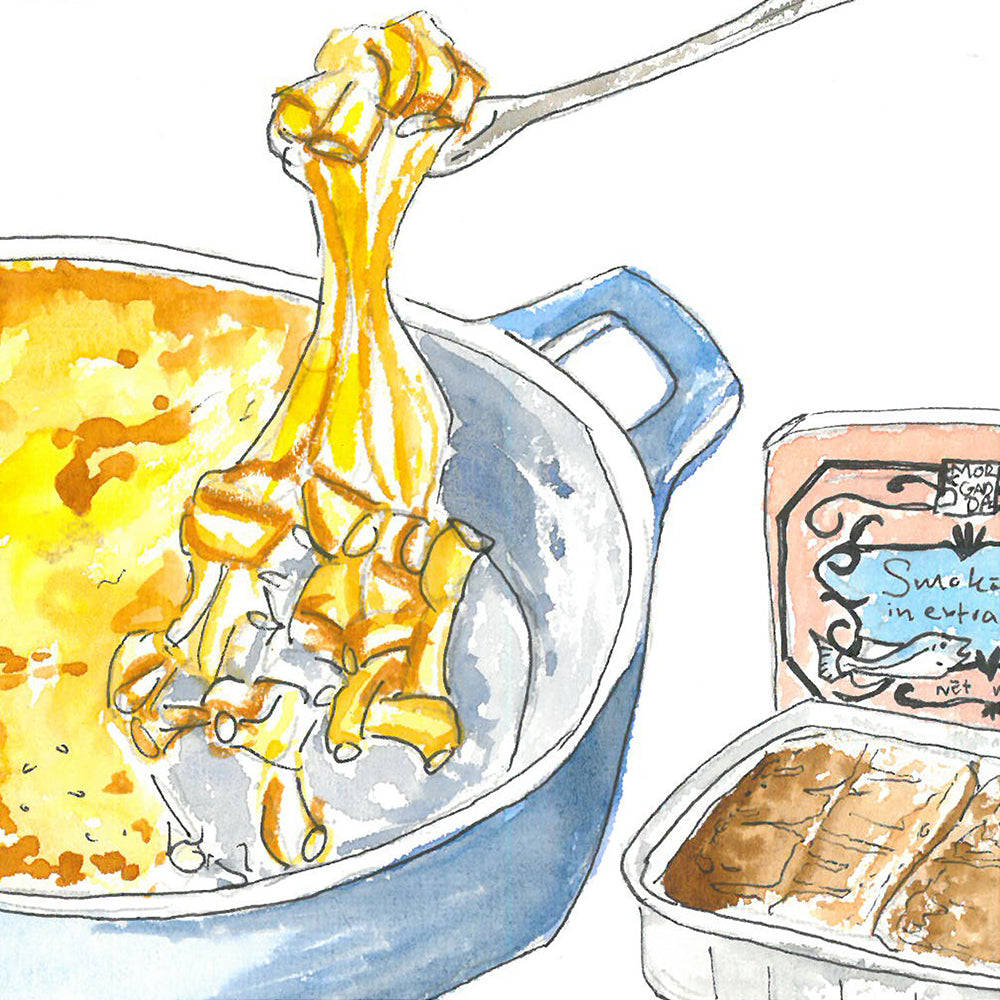I grew up in what can only be described as rural suburbia, a specifically Irish oxymoron due to a post-colonial fascination with land ownership, causing chronic urban sprawl from each city. It was a mix of farmland and young commuting professionals, each house spread far enough apart that a car was required for every journey. Historically these in-between places in Ireland are referred to as townlands, not big enough to be a village but not quite small enough to be just a road either. In many cases, they bear a clumsily translated Irish name that makes far less sense in English.
In the case of my neighbourhood that name was Sandpit, although it is on the northeast coast of Ireland, it’s still not quite close enough to a beach to justify that name. My parents decided to settle here after moving from a city on the far tip of the country to be close to my mother’s family. It was also a practical choice, as its distance from Dublin was short enough that my father could remain sane after a day's work and commute to and from the city. He was adamant that my sisters and I wouldn't grow up in the city like he had, he wanted us to have space, and be surrounded by greenery for which he developed a fondness through spending summers with his grandparents in the rural west of Ireland. And space is certainly what we had, yet as three young girls, we resented it of course. All we knew was that our friends all lived in housing estates, filled with other children their age to play with, while our options were limited to just each other. Some days that worked well, while other days when the 5-year gap between us felt wider, and the company we held with one another was less harmonious.
Our house was right next to the local school, making it impossible to ever escape the ring of a 9am bell throughout summer, or to ever use the excuse that you had forgotten your homework. Sandpit, like many other of these small in-between places, consisted only of that school, a church, and because we were lucky, a shop. The shop, which hardly ever stocked butter, came complete with its very own equine section. Although the bridals and horse-riding hats must have been useful to someone, the necessity for such things before food essentials was just as confusing to the locals as anyone else.
There were houses too of course, all facing onto the main road that acted as a track for boy racers (an Irish phenomenon) whose doctored exhausts announced their taking of each winding corner like the hairpin of a formula one track. The houses were mainly 1970s build-it-yourself-style bungalows, that felt as though they had been sporadically dropped from the sky in an act to blend modernism with the local architecture.
I remember when it was time to go to University, I was so ready to leave, I ached to be close to everything and everyone. I feel just as happy as I imagined I would be living in these urban spaces, spoiled by my close proximity to friends and abundance of variety when it comes to new experiences. Although as much as I resist it, I know there is still a part of me that craves the quiet of my childhood neighbourhood. It’s a large part of who I am and I find myself seeking its qualities from the strange to the serene in every new neighborhood I call home.
In the case of my neighbourhood that name was Sandpit, although it is on the northeast coast of Ireland, it’s still not quite close enough to a beach to justify that name. My parents decided to settle here after moving from a city on the far tip of the country to be close to my mother’s family. It was also a practical choice, as its distance from Dublin was short enough that my father could remain sane after a day's work and commute to and from the city. He was adamant that my sisters and I wouldn't grow up in the city like he had, he wanted us to have space, and be surrounded by greenery for which he developed a fondness through spending summers with his grandparents in the rural west of Ireland. And space is certainly what we had, yet as three young girls, we resented it of course. All we knew was that our friends all lived in housing estates, filled with other children their age to play with, while our options were limited to just each other. Some days that worked well, while other days when the 5-year gap between us felt wider, and the company we held with one another was less harmonious.
Our house was right next to the local school, making it impossible to ever escape the ring of a 9am bell throughout summer, or to ever use the excuse that you had forgotten your homework. Sandpit, like many other of these small in-between places, consisted only of that school, a church, and because we were lucky, a shop. The shop, which hardly ever stocked butter, came complete with its very own equine section. Although the bridals and horse-riding hats must have been useful to someone, the necessity for such things before food essentials was just as confusing to the locals as anyone else.
There were houses too of course, all facing onto the main road that acted as a track for boy racers (an Irish phenomenon) whose doctored exhausts announced their taking of each winding corner like the hairpin of a formula one track. The houses were mainly 1970s build-it-yourself-style bungalows, that felt as though they had been sporadically dropped from the sky in an act to blend modernism with the local architecture.
I remember when it was time to go to University, I was so ready to leave, I ached to be close to everything and everyone. I feel just as happy as I imagined I would be living in these urban spaces, spoiled by my close proximity to friends and abundance of variety when it comes to new experiences. Although as much as I resist it, I know there is still a part of me that craves the quiet of my childhood neighbourhood. It’s a large part of who I am and I find myself seeking its qualities from the strange to the serene in every new neighborhood I call home.


